- Thread starter
- #41
CascadianDank
New Member
do you have carrots in the small containers? Plants looking good subbed
Thanks Growing Dank. No Carrots the 2Gal pots are Dill.
How To Use Progressive Web App aka PWA On 420 Magazine Forum
Note: This feature may not be available in some browsers.
do you have carrots in the small containers? Plants looking good subbed
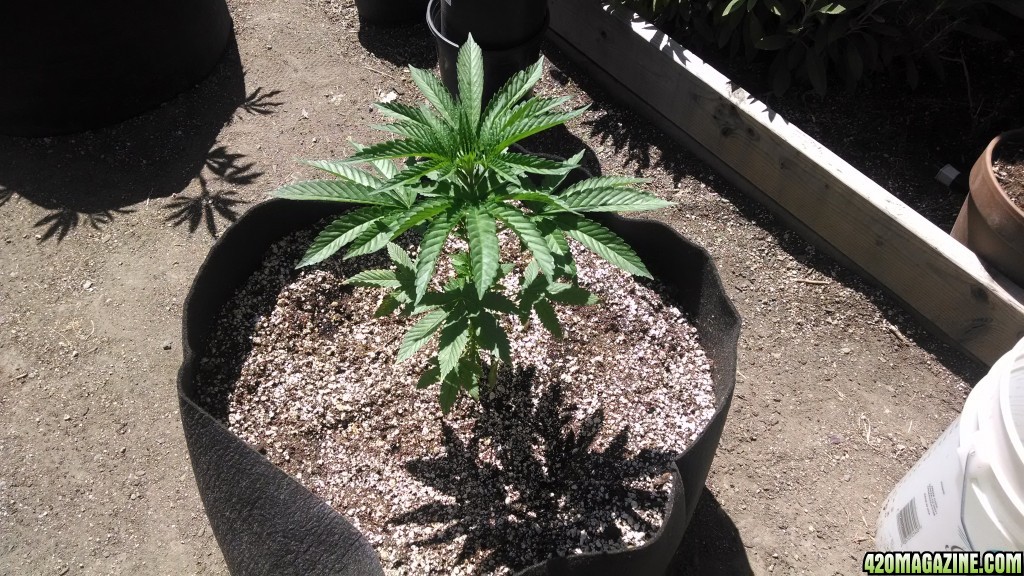
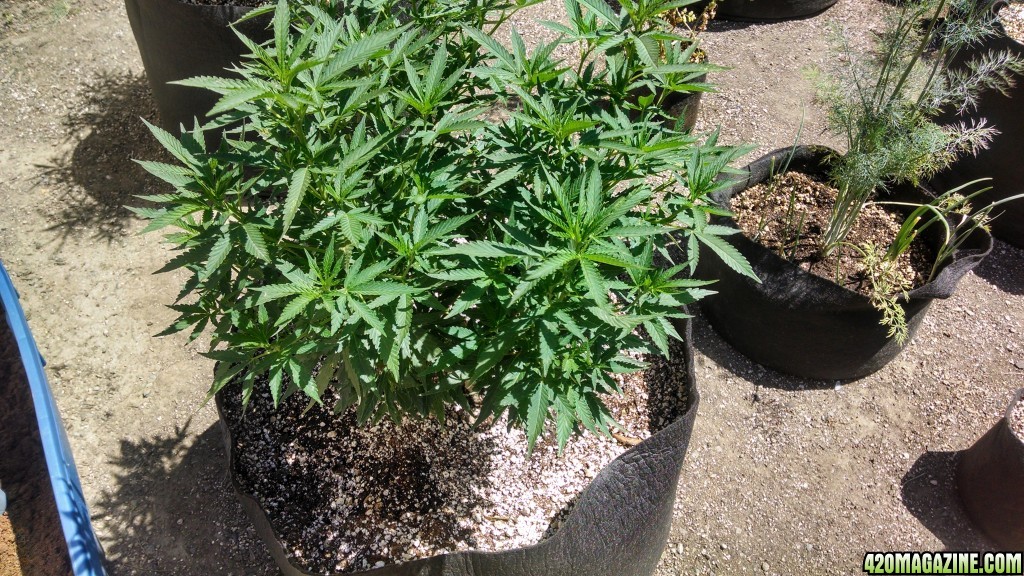
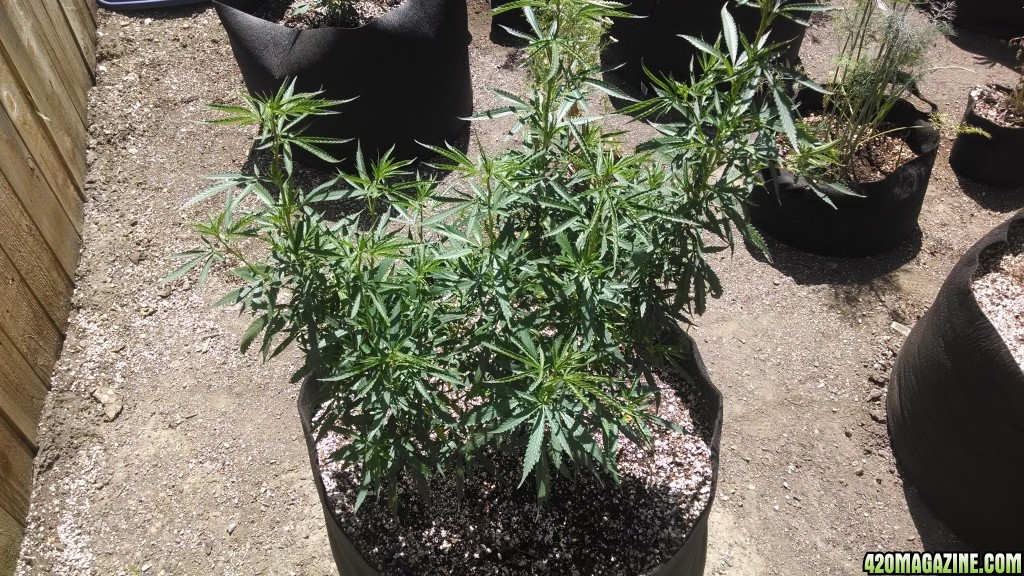
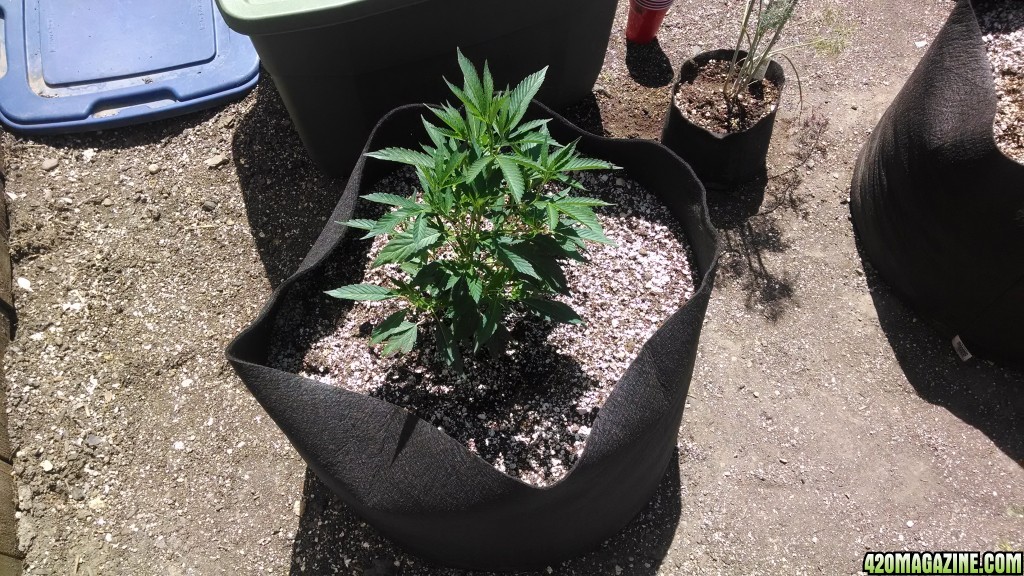
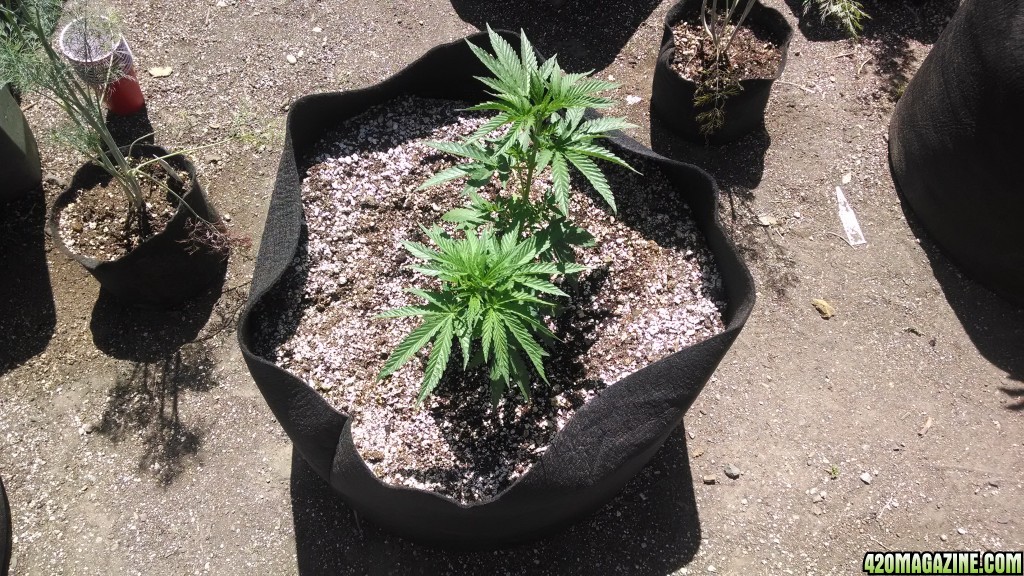
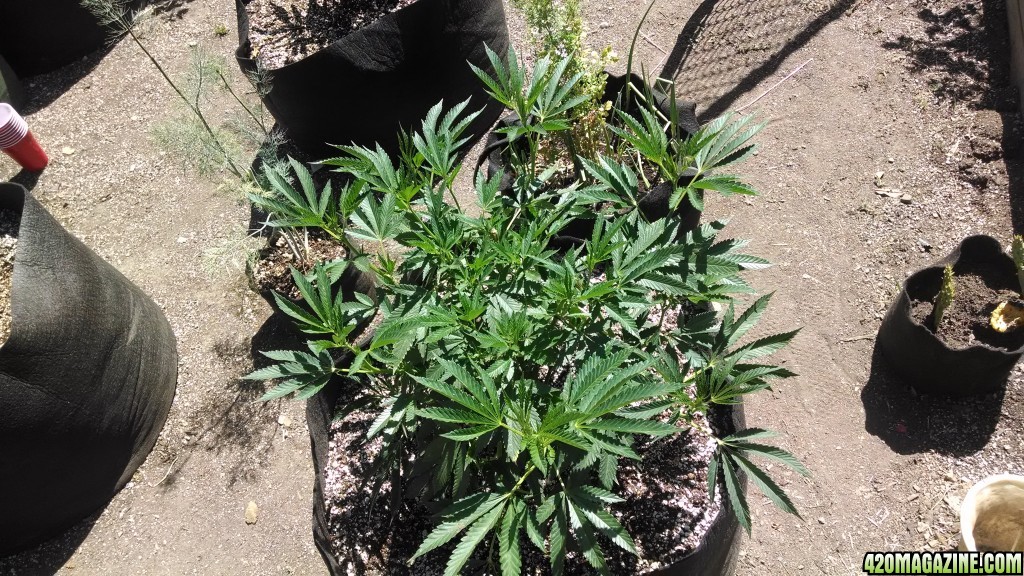
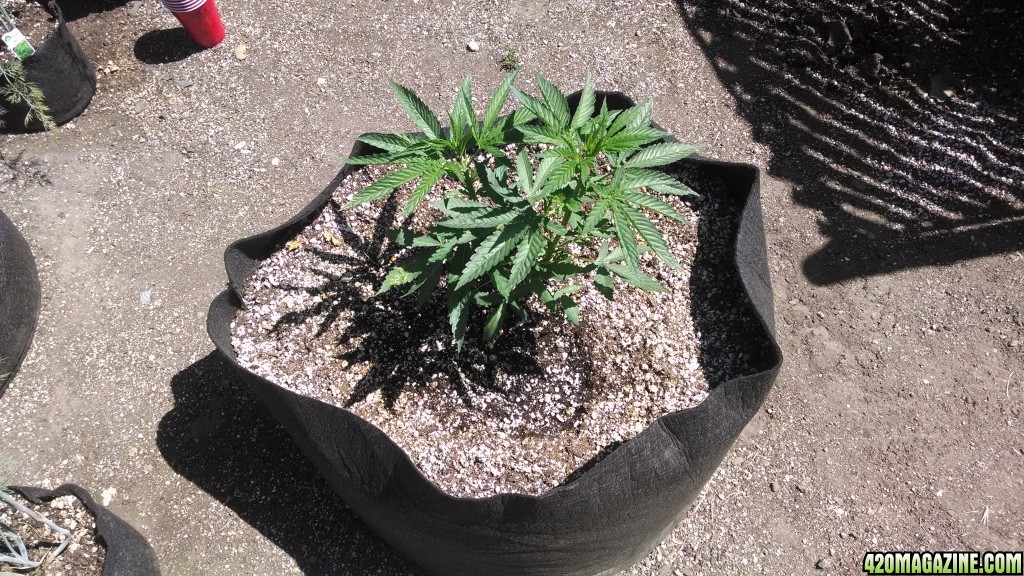
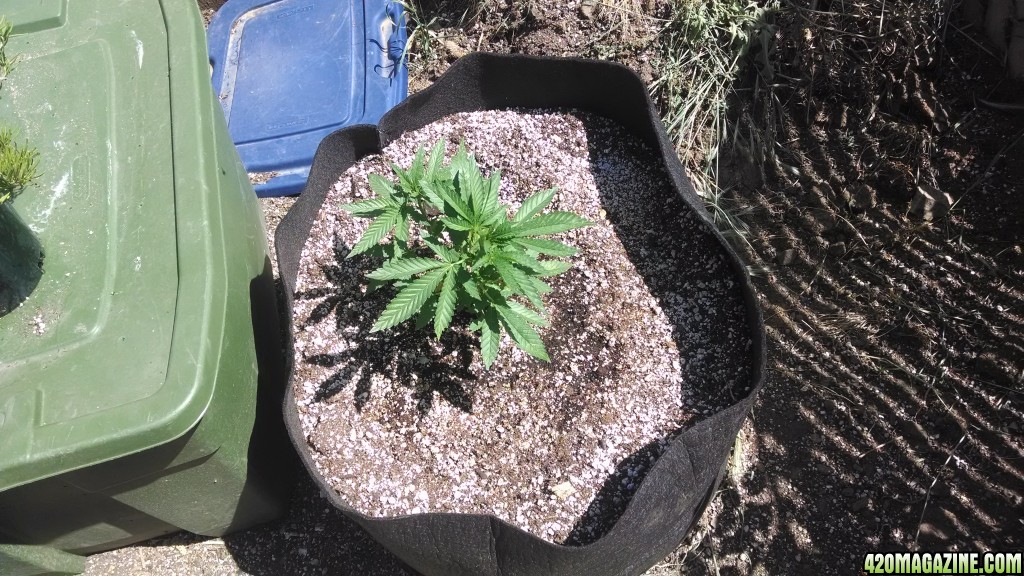
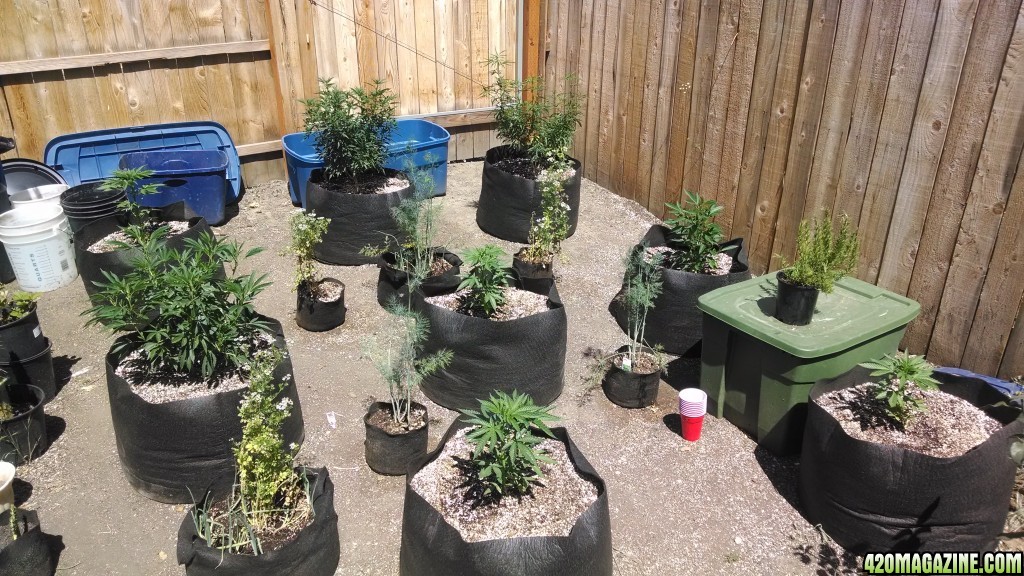
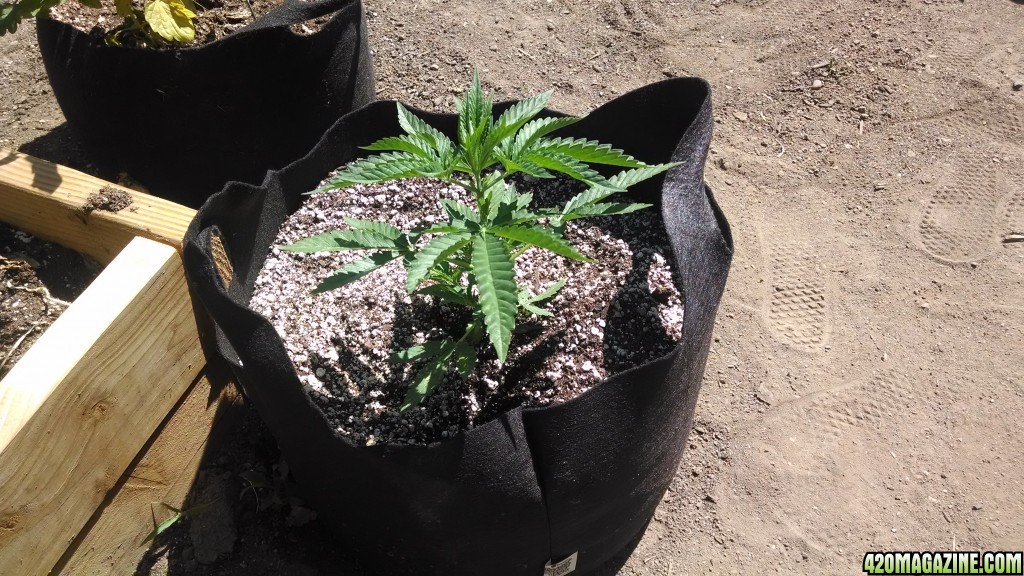
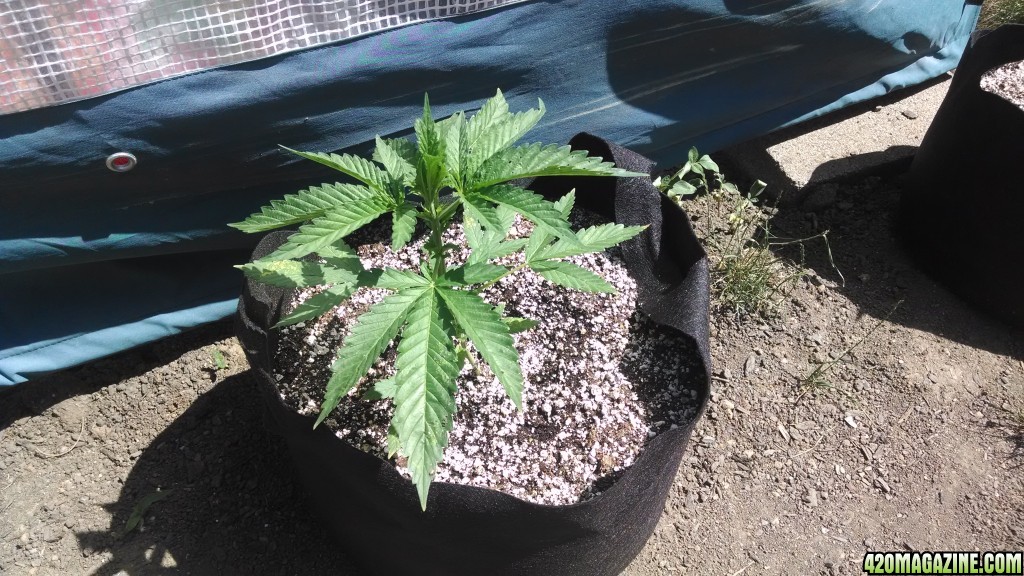
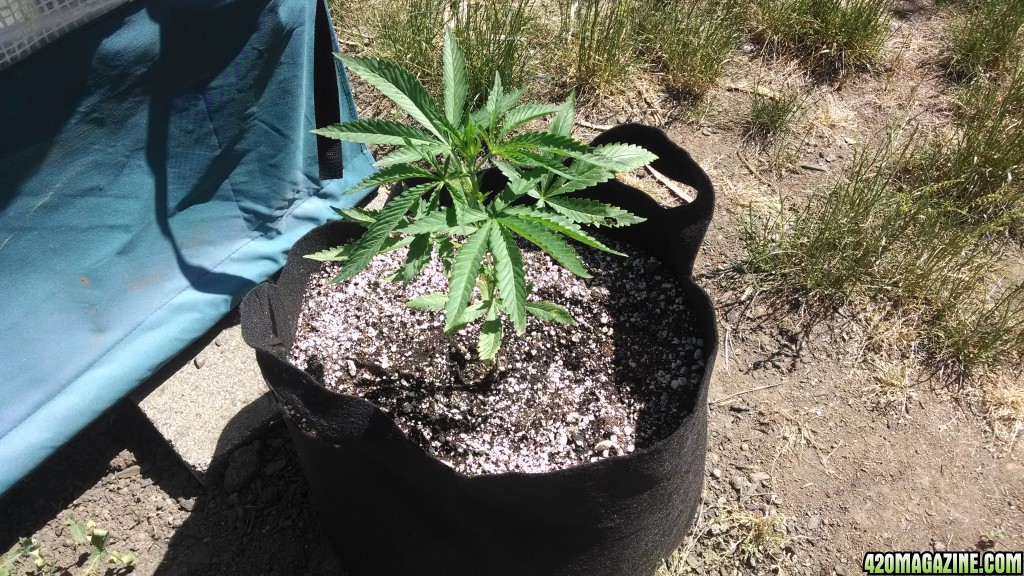
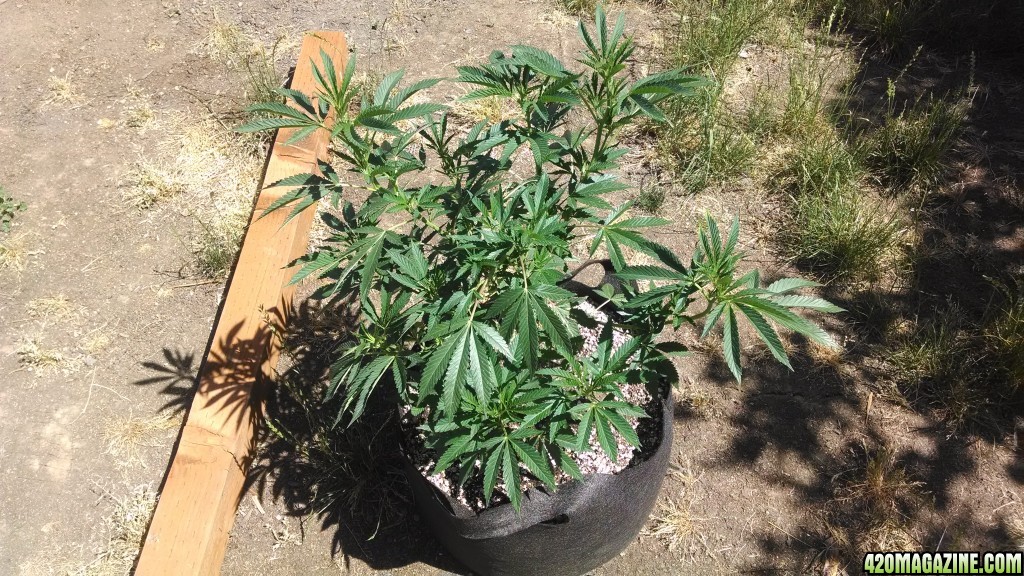

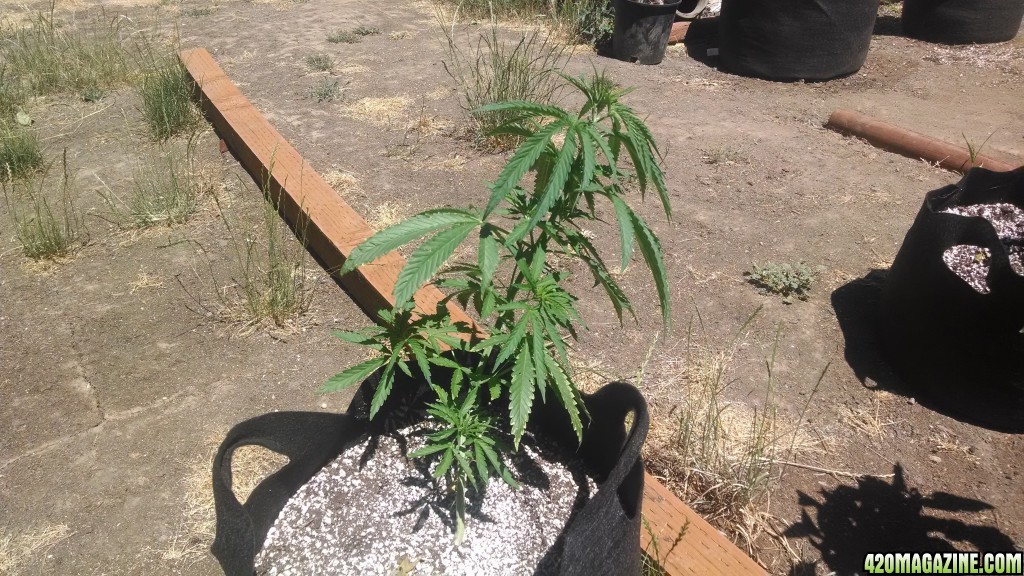
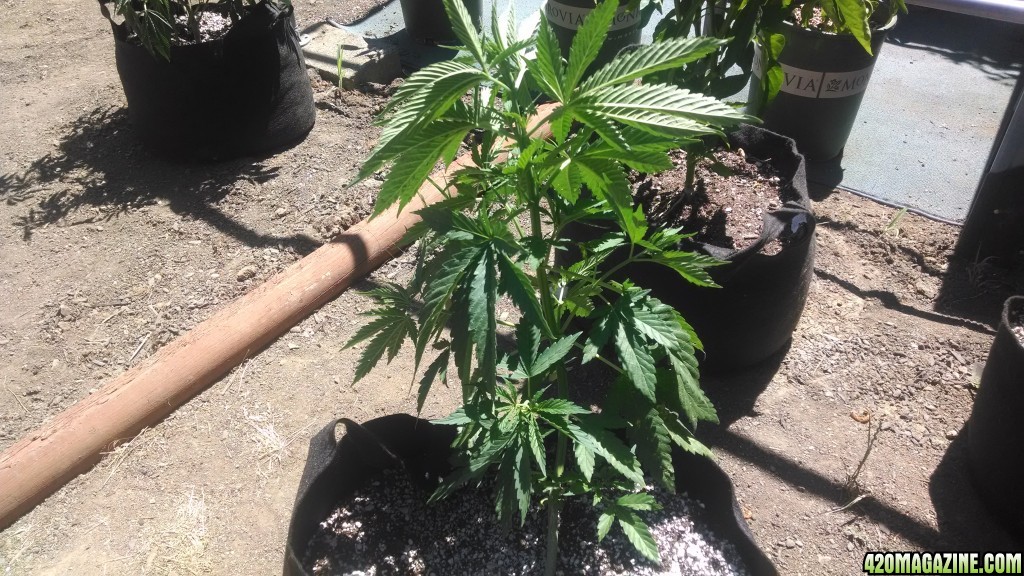
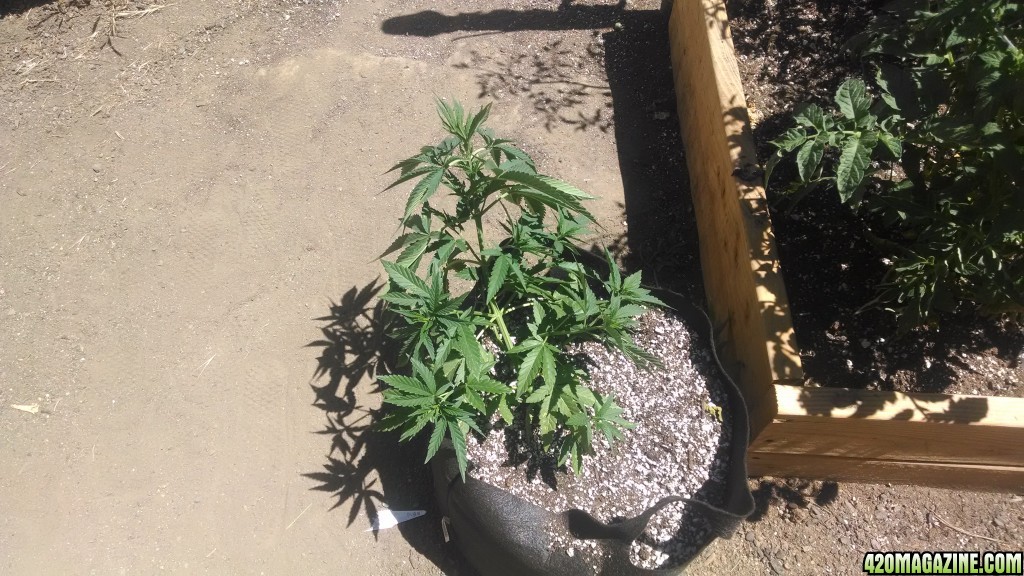
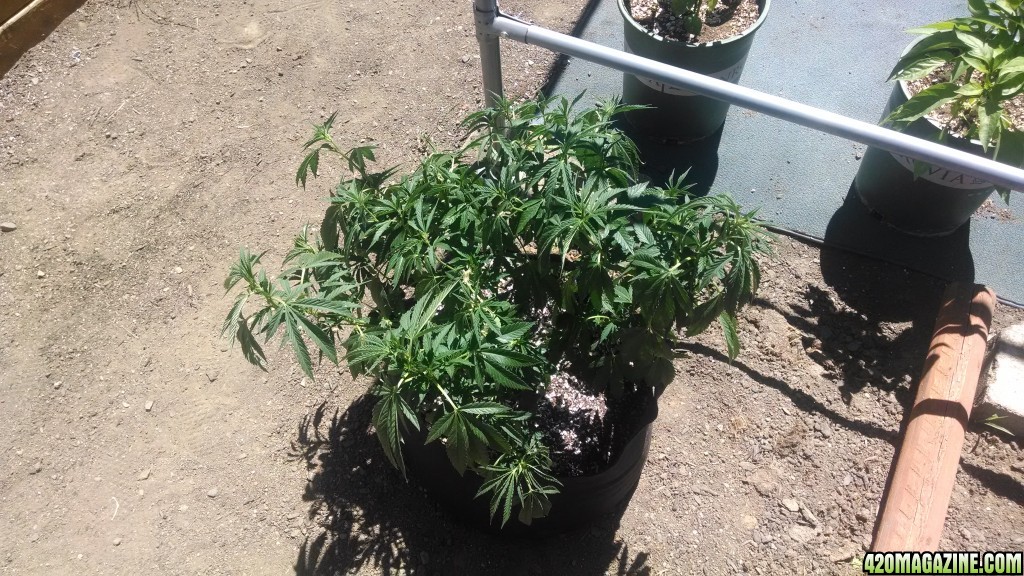
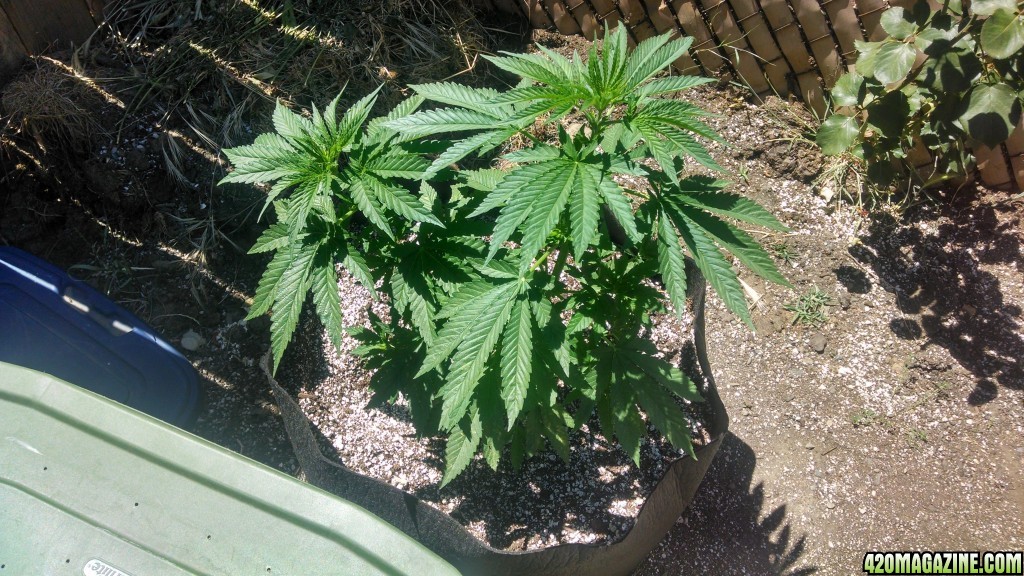
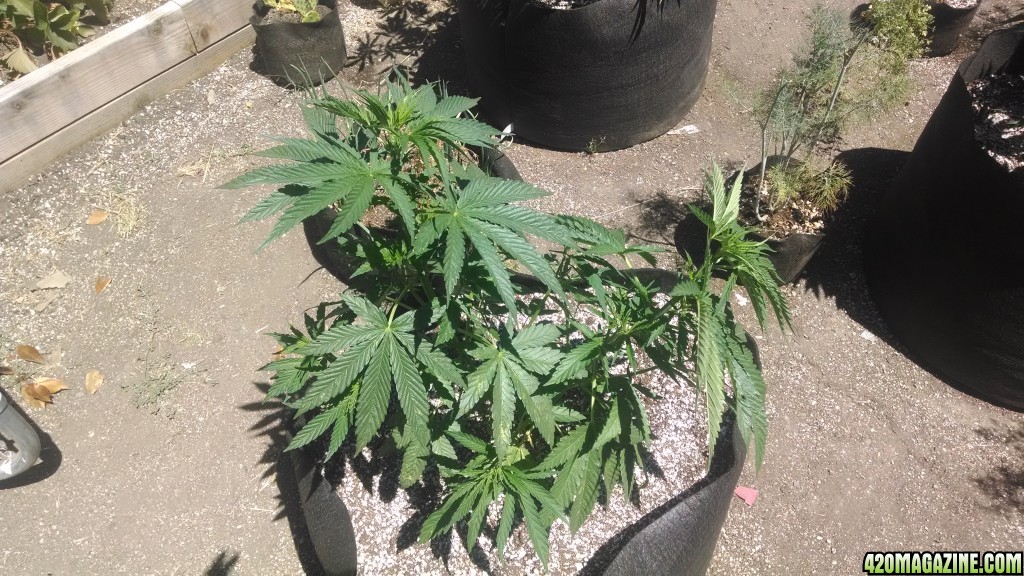
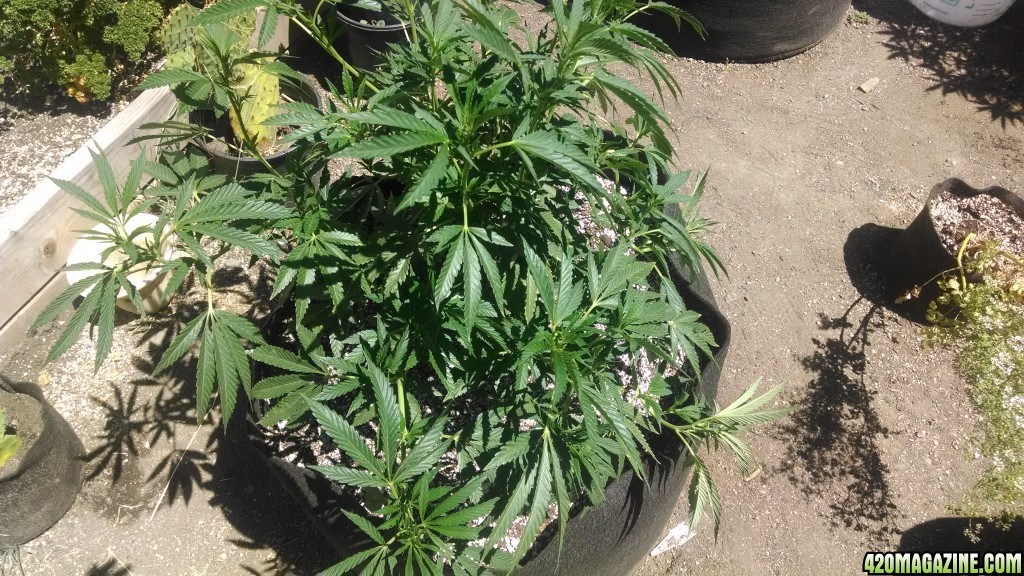
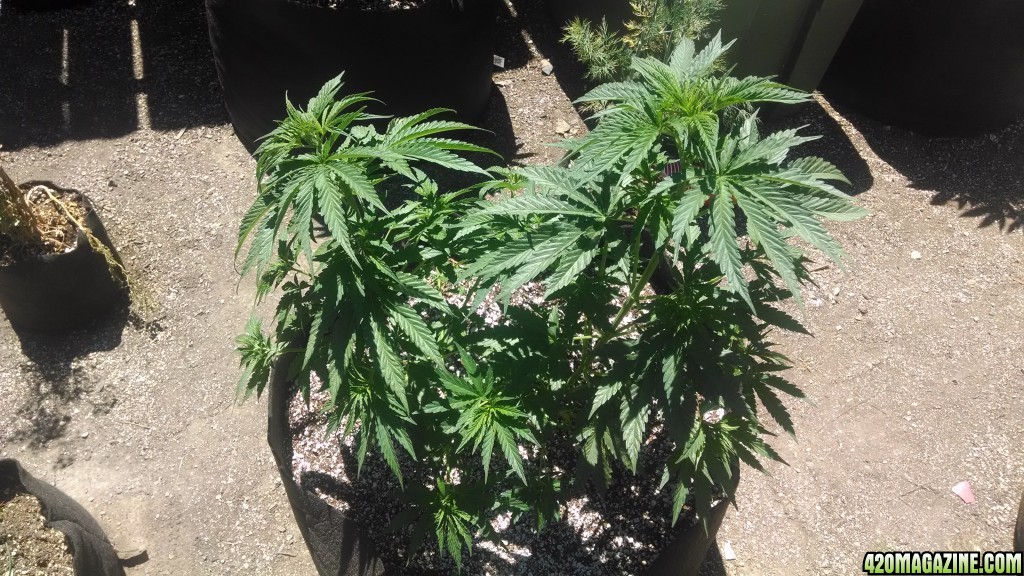
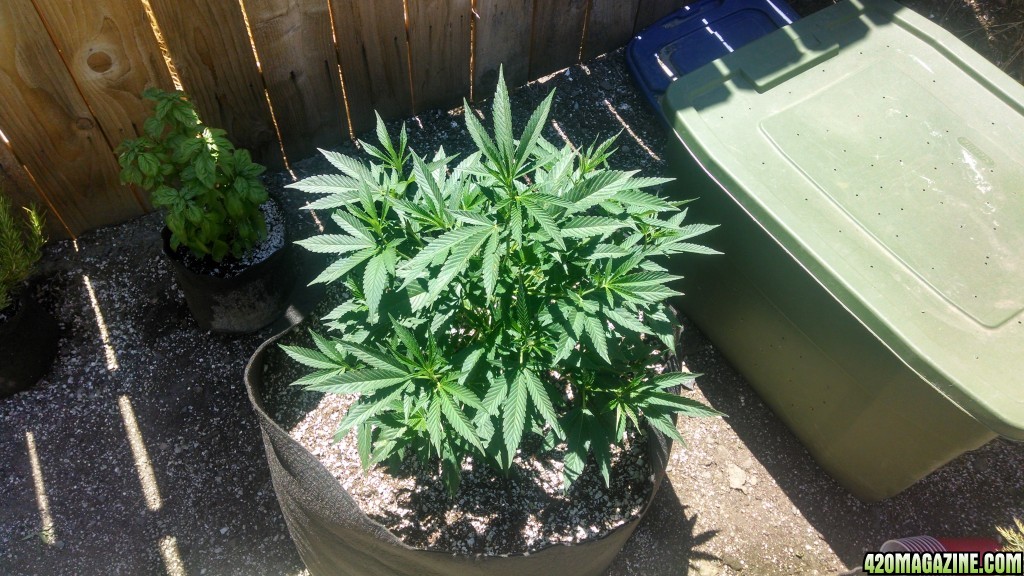
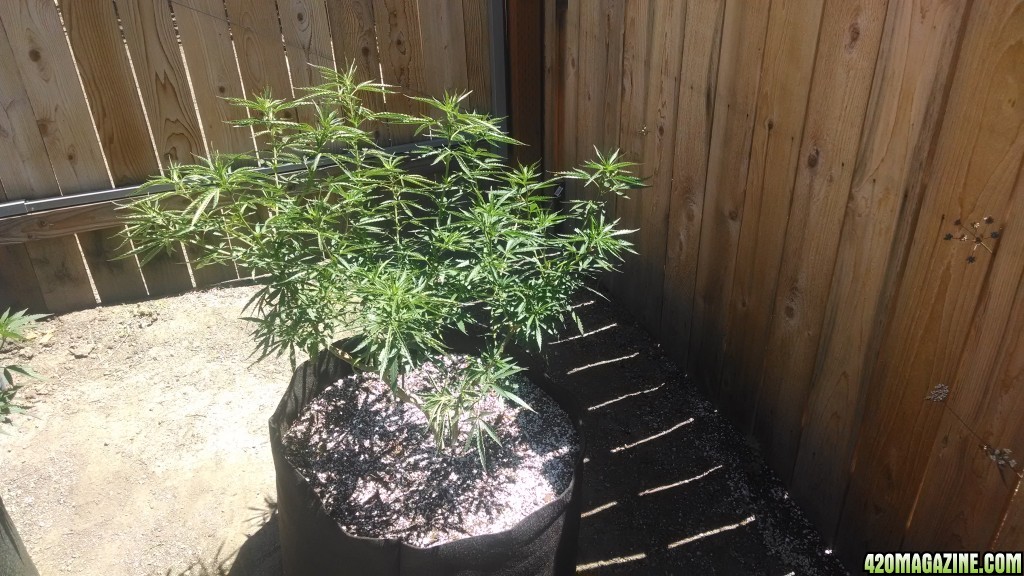
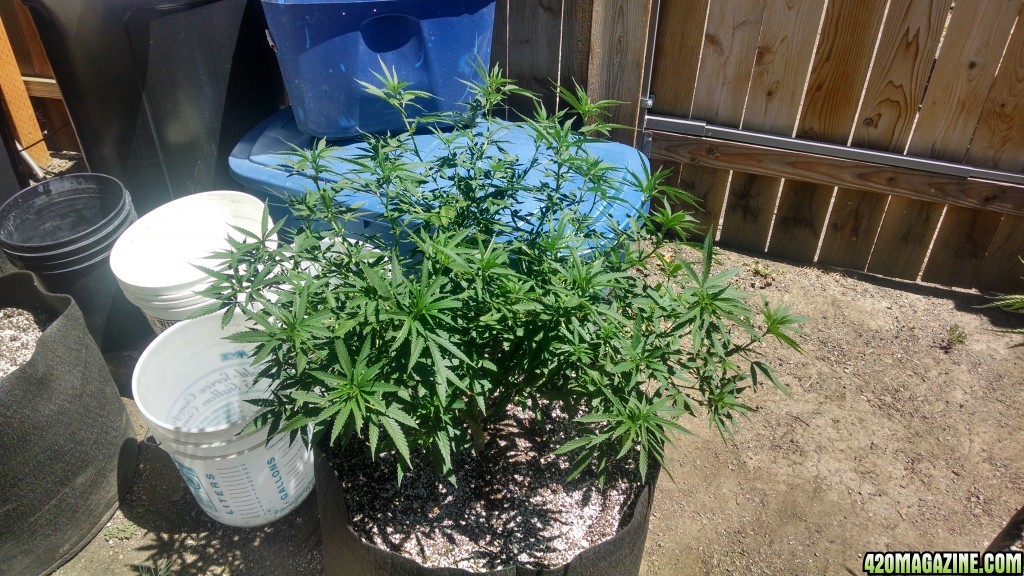
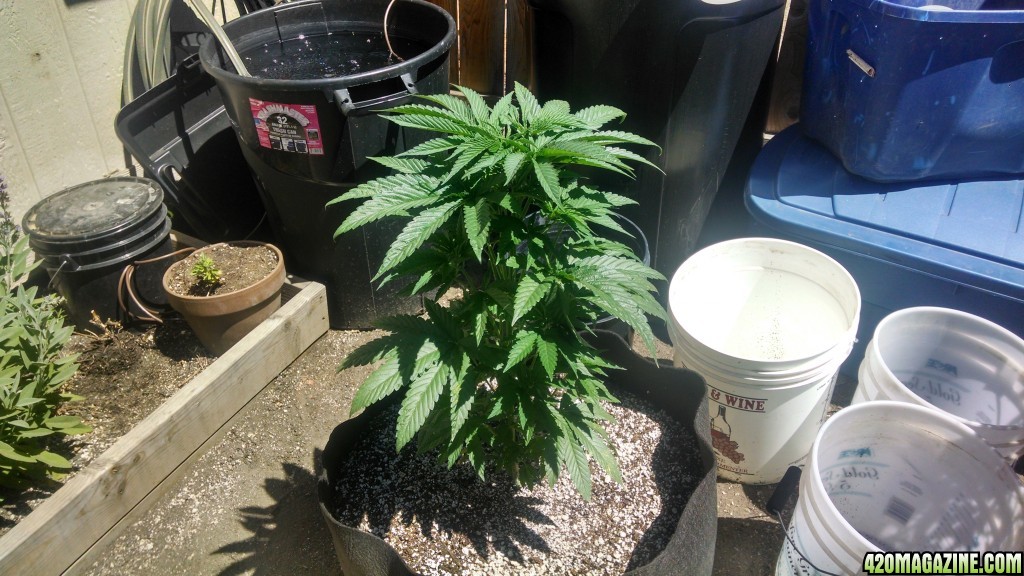
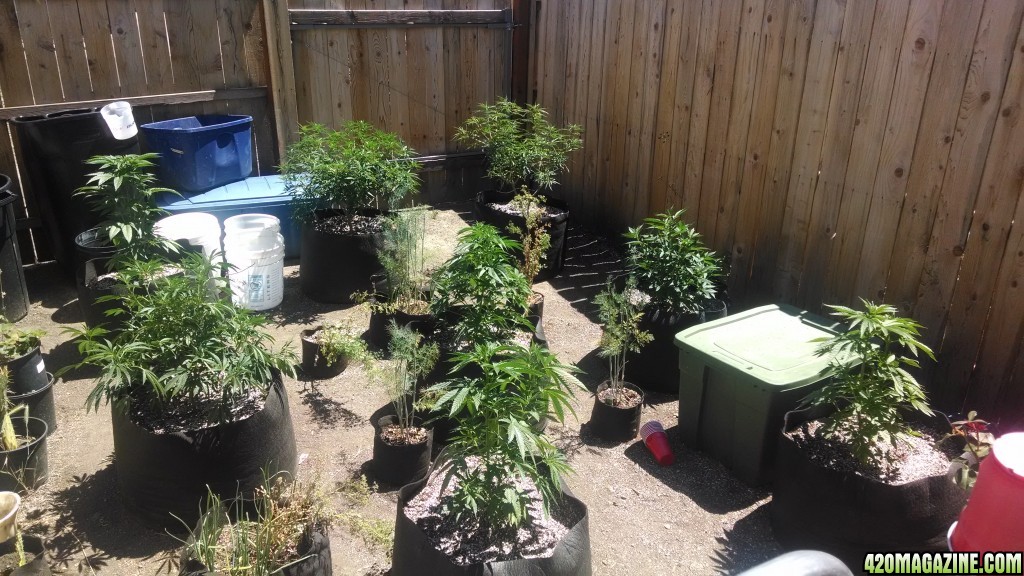

Wow do they look good. Just wondering what's the point of Humic Acid in your tea?
Right on I was just curious, had not seen that as an ingredient in any tea recipes I have seen thus far. I'm learning as well, so I was just curious. I have only seen humic acid added as a natural chealating amendment in soil mixes so far.

 ] I’ve been pre-feeding or pre-activating [vermi]compost which is not so fresh by mixing in a small amount of wheat bran (livestock store or bulk foods department grocery store) and moistening with very diluted black strap molasses, loosely covered with cloth or paper towel 24 hours ahead of brew. (approximate ratios, wheat bran 1:30 [vermi]compost & BSM 1:300 water).
] I’ve been pre-feeding or pre-activating [vermi]compost which is not so fresh by mixing in a small amount of wheat bran (livestock store or bulk foods department grocery store) and moistening with very diluted black strap molasses, loosely covered with cloth or paper towel 24 hours ahead of brew. (approximate ratios, wheat bran 1:30 [vermi]compost & BSM 1:300 water).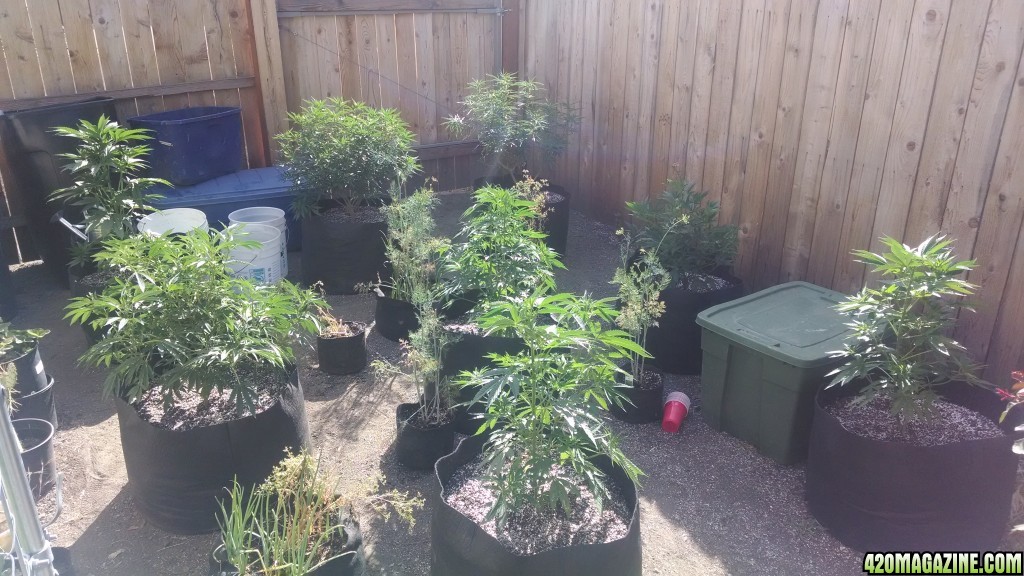

I constantly experiment with teas/natural boosters and three recipes developed this year is all round veg one, early flowering, and middle to late flowering one. First one brews bamboo comppst, horsetail, stinging nettle, and molasses. Second one utilizes stinging nettle, volcanic rock powder, egg shell powder, microbial and funghal inoculant, blended cucumber peel extract. Third one is just molasses with inoculant to which you can add compost extract if you really need it! The thing about humic acid by the ways is that if you have good compost in your mix you already have plenty of humic acid, so adding more is counterproductive as it's neither a nutrient nor conditioner. It's a chelating agent raising fertility understood as a physical and chemical quality of the soil. Saying that it's much better to start with living soil and then just keep the balance in order with a light touch from time to time

